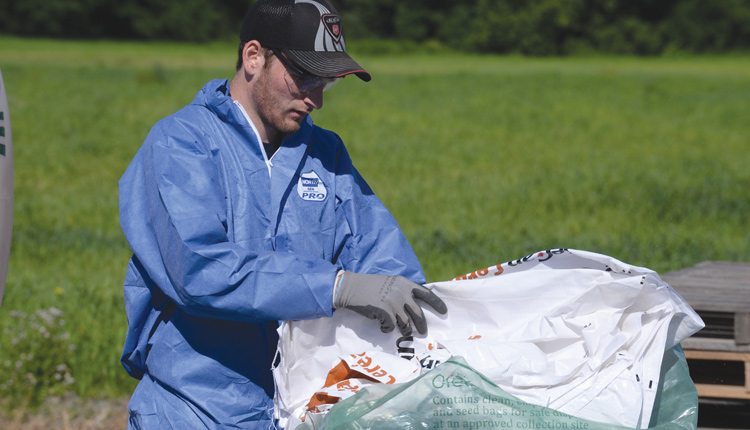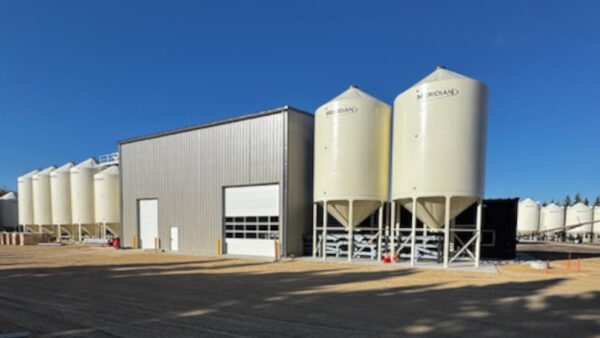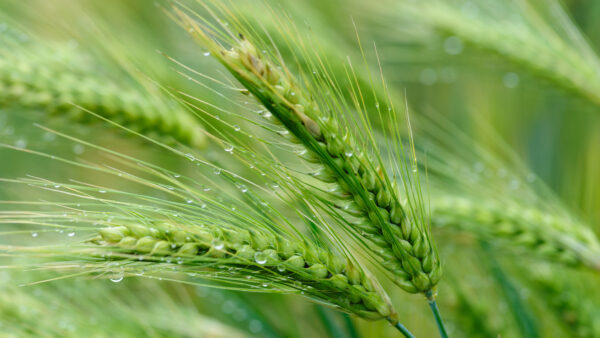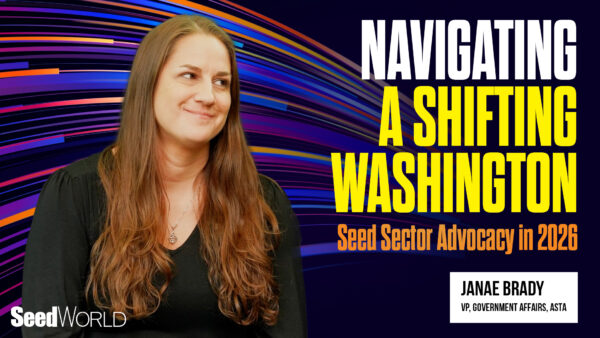As the successful seed bag collection program operated by CleanFARMS continues to grow, it’s a clear indication of the strong commitment by growers, ag retailers and the seed industry of environmental stewardship.
_x000D_
CleanFARMS, the not-for-profit industry organization committed to environmental stewardship through the proper management of agricultural waste products, is expanding its successful seed bag collection program._x000D_
_x000D_
Since its inception three years ago, the pilot program has grown from just five collection sites in two provinces in 2013 to 145 drop-off locations in Ontario, Quebec, and the Maritimes in 2015. There are plans to expand to 200 sites in 2016._x000D_
_x000D_
“I think we’ve seen growth not in the size of the program but the awareness of the program,” says Dave Carey, manager of policy initiatives for the Canadian Seed Trade Association and a member of the CleanFARMS steering committee. “We’ve seen a big increase in the number of the seed companies that are members of CleanFARMS.”_x000D_
_x000D_
At many farms, empty seed bags can often end up either in the trash or getting burned in the middle of a field. Under the CleanFARMS initiative, farmers bring their used seed and pesticide bags to collection sites that are typically ag retail centres. The bags are then taken away to be converted into energy at waste-to-energy facilities in Ontario and Maritimes or are used as an alternate fuel by a cement manufacturer in Quebec._x000D_
_x000D_
The increase in drop-off locations since the first year of the program has been impressive. Figures provided by CleanFARMS shows that number of bag collection sites in Ontario was two in 2013, 24 in 2014 and 82 in 2015. In Quebec, it was three locations in 2013, 17 in 2014 and 44 in 2015. Last year also saw the addition of 19 collection sites in the Maritimes._x000D_
_x000D_
This year, the goal is to bring those numbers to 115 drop-off locations in Ontario, 60 in Quebec and 25 in the Maritimes. CleanFARMS is also aiming for a collection rate (the percentage of bags collected in the targeted areas) in 2016 of 12 per cent, or the equivalent of 936,000 seed and pesticide bags._x000D_
_x000D_
Since 2013, the CSTA has lent its support and contributed financially to the program.Additional funders have included CropLife Canada, the Ontario Ministry of Agriculture, Food and Rural Affairs and the Quebec Ministry of Agriculture. This year, the initiative moves to an industry-funded model, with seed companies bearing the cost of the bag collection program._x000D_
_x000D_
“It will be 100 per cent industry-funded,” says Barry Friesen, general manager of CleanFARMS. “It’s going to be paid for by the manufacturers, the brand owners of the seed, so we’ve been doing a very extensive recruitment process to get all of those folks on board.”_x000D_
_x000D_
Carey is optimistic that buy-in from the seed sector will continue to be high. “Seed companies tend to want to do the right thing and I think they see this as one of those things, even though for some of these companies it’s a pretty substantial increase in cost,” he says. “I think they see it as necessary.”_x000D_
_x000D_
He adds the program also speaks to the commitment of participating growers and ag retailers to do their bit for the environment. “Environmental sustainability and climate change are becoming front and centre, and I think that this is an example of the agricultural industry getting ahead of things and saying it’s important to make sure any products they use have as minimal impact on the environment as possible.”_x000D_
_x000D_
Friesen agrees. “To me, it says the seed industry is committed to full life cycle management of their products. They’ve invested a tremendous amount to ensure the safety of the products … and they’re also very interested in ensuring that not only the seed itself but the package that the seed goes in is managed in a safe manner,” he says._x000D_
_x000D_
“It’s important for the industry because it demonstrates their commitment to environmental stewardship.”_x000D_
_x000D_
This will be the fourth year of the pilot project, but the strategy is to make it a permanent program in 2017. There are also plans for CleanFARMS to expand seed and pesticide bag collection and disposal into the Western provinces as well._x000D_
_x000D_
Friesen adds that an eventual goal is to move some of the collected seed bag products away from being incinerated in waste-for-energy facilities and into some kind of recycling stream. He believes large bulk tote bags that contain plastic would lend themselves to this kind of initiative._x000D_
_x000D_
Friesen says the feedback they’ve received from growers who take part in the program has been very positive._x000D_
_x000D_
“When we did our surveys, farmers identified those things as important for them to not only want to do the right thing, but also to be seen to do the right thing… [by] demonstrating that they’re participating in environmental practices,” Friesen says._x000D_
_x000D_
End of life stewardship initiatives are gaining greater acceptance not only in ag circles but within society in general, Carey says, adding that industry-led initiatives like the seed bag collection program have the added benefit of helping prevent cumbersome government regulations._x000D_
_x000D_
“This is a time when the seed industry is facing more and more regulation, and I think that our members see this as a proactive way for the industry to regulate itself,” he adds. “The seed industry knows the seed industry better than the government knows the seed industry so … creating a program that works rather than getting regulated into something that may not even be effective is the right approach.”










